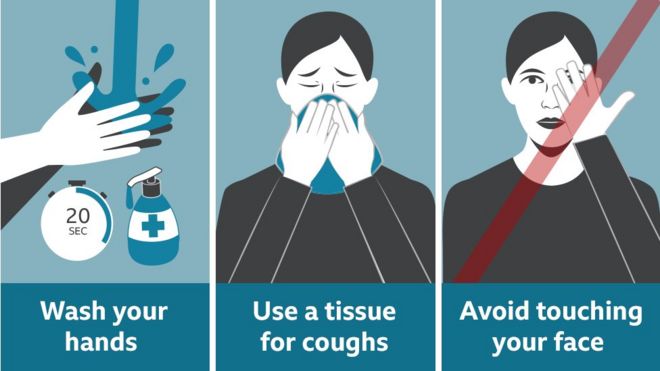Maybe a little bit of hope. We’ll see.
Communities living in warmer places appear to have a comparative advantage to slow the transmission of coronavirus infections, according to an early analysis by scientists at the Massachusetts Institute of Technology.
The researchers found that most coronavirus transmissions had occurred in regions with low temperatures, between 37.4 and 62.6 degrees Fahrenheit (or 3 and 17 degrees Celsius).
While countries with equatorial climates and those in the Southern Hemisphere, currently in the middle of summer, have reported coronavirus cases, regions with average temperatures above 64.4 degrees Fahrenheit (or 18 degrees Celsius) account for fewer than 6% of global cases so far.
“Wherever the temperatures were colder, the number of the cases started increasing quickly,” said Qasim Bukhari, a computational scientist at MIT who is a co-author of the study. “You see this in Europe, even though the health care there is among the world’s best.”
The temperature dependency is also clear within the United States, Bukhari said. Southern states, like Arizona, Florida and Texas, have seen slower outbreak growth compared with states like Washington, New York and Colorado. Coronavirus cases in California have grown at a rate that falls somewhere in between.
The seasonal pattern is similar to what epidemiologists have observed with other viruses. Dr. Deborah Birx, the global AIDS coordinator in the United States and also a member of the Trump administration’s coronavirus task force, said during a recent briefing that the flu, in the Northern Hemisphere, generally follows a November to April trend.
The four types of coronavirus that cause the common cold every year also wane in warmer weather.
Birx also noted that the pattern was similar with the SARS epidemic in 2003. But she stressed that because the virus outbreaks in China and South Korea began later, it was difficult to determine whether the new coronavirus would take the same course.
[…]
It will take another 4 to 6 weeks before health officials will have a clearer picture of how weather patterns shape the trajectory of the coronavirus, said Jarbas Barbosa, assistant director at the Pan American Health Organization, the regional office of the World Health Organization that focuses on the Americas.
The fact that local transmission is happening across the global south signals that this virus may be more resilient to warmer temperatures than the flu and other respiratory viruses. That is why World Health Organization officials still urge countries to act urgently and aggressively to try and contain the virus while case numbers are relatively low and close contacts can easily be traced and quarantined.
“One of the big perils in assuming that the virus is less dangerous in warmer temperatures, among particular ages or for any specific group is complacency,” said Julio Frenk, a physician who served as health minister in Mexico and is now president of the University of Miami. “If people fail to heed the warnings and recommendations of public health professionals, the results will be disastrous.”
But because high humidity and heat only align perfectly during mainly July and August in some parts of the Northern Hemisphere, Bukhari cautioned that the effects of warmer weather on reducing transmissions might only last for a brief period in some regions.
This is all very, very preliminary, and the effect may end up being limited in a number of ways. Even if coronavirus does behave like the cold and flu viruses in this way, that doesn’t mean it’s gone away, or that existing precautions like vigilant hand-washing are less necessary. It just means maybe our hospitals will get a break, and maybe give us some headway in getting a better handle on it. Maybe. If we’re lucky. In the meantime, stay socially distant. Kevin Drum has more.


Is Houston going to have a flood? Hurricane? All this preparation to staying inside a safe house should take this into consideration. Prepare for a hurricane with meds, saving all this canned food people are hoarding, save for hurricaines also.
Let’s hope that the warm weather helps. One positive effect of warm weather is that less people congregate inside. This sounds like something that President Trump said, but hopefully warm weather will slow the virus.
I think I said this in an earlier post. Good luck to us all.
Jason, warm weather is having a negligible, negligible, negligible effect on the spread of the virus – just ask the folks in Brazil, New Zealand, Australia, etc.
https://www.reuters.com/article/us-health-coronavirus-brazil-favelas-fea/gangs-call-curfews-as-coronavirus-hits-rio-favelas-idUSKBN21B3EV